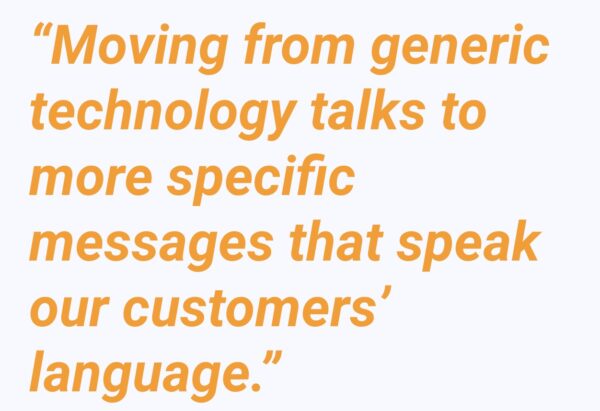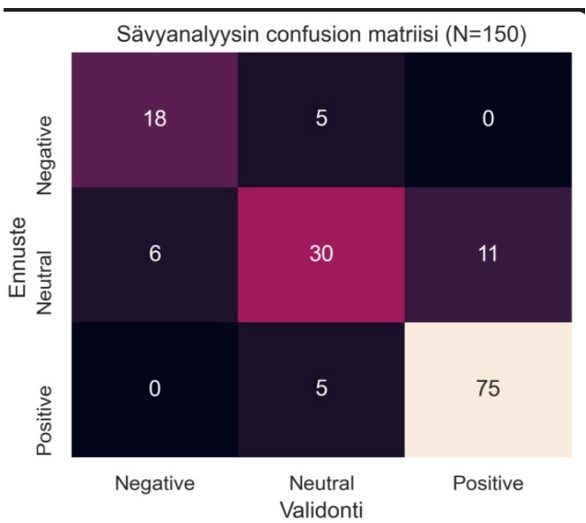Customer Lifetime Value Modeling as a Win-Win for Both the Vendor and the Customer
Author: Janne Flinck, Codento
Introduction to Customer Lifetime Value
Customer analytics is not about squeezing out every penny from a customer, nor should it be about short-term thinking and actions. Customer analytics should seek to maximize the full value of every customer relationship. This metric of “full value” is called the lifetime value (LTV) of a customer.
Obviously a business should look at how valuable customers have been in the past, but purely extrapolating that value into the future might not be the most accurate metric.
The more valuable a customer is likely to be to a business, the more that business should invest in that relationship. One should think about customer lifetime value as a win-win situation for the business and the customer. The higher a customer’s LTV is to your business, the more likely your business should be to address their needs.
A so-called Pareto principle is often used here, which states that 20% of your customers represent 80% of your sales. What if you could identify these customers, not just in the past but in the future as well? Predicting LTV is a way of identifying those customers in a data centric manner.
Business Strategy and LTV
There are some more or less “standard” ways of calculating LTV that I will touch upon in this article a little later. These out-of-the-box calculation methods can be good but more importantly, they provide good examples to start with.
What I mean by this is that determining the factors that are included in calculating LTV is something that a business leader will have to consider and weigh in on. LTV should be something that will set the direction for your business as LTV is also about business strategy, meaning that it will not be the same for every business and it might even change over time for the same business.
If your business strategy is about sustainability, then the LTV should include some factors that measure it. Perhaps a customer has more strategic value to your business if they buy the more sustainable version of your product. This is not a set-and-forget metric either, the metric should be revisited over time to see if it reflects your business strategy and goals.
The LTV is also important because other major metrics and decision thresholds can be derived from it. For example, the LTV is naturally an upper limit on the spending to acquire a customer, and the sum of the LTVs for all of the customers of a brand, known as the customer equity, is a major metric for business valuations.
Methods of Calculating LTV
At their core, LTV models can be used to answer these types of questions about customers:
- How many transactions will the customer make in a given future time window?
- How much value will the customer generate in a given future time window?
- Is the customer in danger of becoming permanently inactive?
When you are predicting LTV, there are two distinct problems which require different data and modeling strategies:
- Predict the future value for existing customers
- Predict the future value for new customers
Many companies predict LTV only by looking at the total monetary amount of sales, without using context. For example, a customer who makes one big order might be less valuable than another customer who buys multiple times, but in smaller amounts.
LTV modeling can help you better understand the buying profile of your customers and help you value your business more accurately. By modeling LTV, an organization can prioritize their actions by:
- Decide how much to invest in advertising
- Decide which customers to target with advertising
- Plan how to move customers from one segment to another
- Plan pricing strategies
- Decide which customers to dedicate more resources to
LTV models are used to quantify the value of a customer and estimate the impact of actions that a business might take. Let us take a look at two example scenarios for LTV calculation.
Non-contractual businesses and contractual businesses are two common ways of approaching LTV for two different types of businesses or products. Other types include multi-tier products, cross-selling of products or ad-supported products among others.
Non-contractual Business
One of the most basic ways of calculating LTV is by looking at your historical figures of purchases and customer interactions and calculating the number of transactions per customer and the average value of a transaction.
Then by using the data available, you need to build a model that is able to calculate the probability of purchase in a future time window per customer. Once you have the following three metrics, you can get the LTV by multiplying them:
LTV = Number of transactions x Value of transactions x Probability of purchase
There are some gotchas in this way of modeling the problem. First of all, as discussed earlier, what is value? Is it revenue or profit or quantity sold? Does a certain feature of a product increase the value of a transaction?
The value should be something that adheres to your business strategy and discourages short-term profit seeking and instead fosters long-term customer relationships.
Second, as mentioned earlier, predicting LTV for new customers will require different methods as they do not have a historical record of transactions.
Contractual Business
For a contractual business with a subscription model, the LTV calculation will be different as a customer is locked into buying from you for the time of the contract. Also, you can directly observe churn, since the customers who churn won’t re-subscribe. For example, a magazine with a monthly subscription or a streaming service etc.
For such products, one can calculate the LTV by the expected number of months for which the customer will re-subscribe.
LTV = Survival rate x Value of subscription x Discount rate
The survival rate by month would be the proportion of customers that maintain their subscription. This can be estimated from the data by customer segment using, for example, survival analysis. The value of a subscription could be revenue minus cost of providing the service and minus customer acquisition cost.
Again, your business has to decide what is considered value. Then the discount rate is there because the subscription lasts into the future.
Actions and Measures
So you now have an LTV metric that decision makers in your organization are happy with. Now what? Do you just slap it on a dashboard? Do you recalculate the metric once a month and show the evolution of this metric on a dashboard?
Is LTV just another metric that the data analysis team provides to stakeholders and expects them to somehow use it to “drive business results”? Those are fine ideas but they don’t drive action by themselves.
LTV metric can be used in multiple ways. For example, in marketing one can design treatments by segments and run experiments to see what kind of treatments maximize LTV instead of short-term profit.
The multiplication of probability to react favorably to a designed treatment with LTV is the expected reward. That reward minus the treatment cost gives us the expected business value. Thus, one gets the expected business value of each treatment and can choose the one with the best effect for each customer or customer segment.
Doing this calculation for our entire customer base will give a list of customers for whom to provide a specific treatment that maximizes LTV given our marketing budget. LTV can also be used to move customers from one segment to another.
For pricing, one could estimate how different segments of customers react to different pricing strategies and use price to affect the LTV trajectory of their customer base towards a more optimal LTV. For example, if using dynamic pricing algorithms, the LTV can be taken into account in the reward function.
Internal teams should track KPIs that will have an effect on the LTV calculation over which they have control. For example, in a non-contractual context, the product team can be measured on how well they increase the average number of transactions, or in a contractual context, the number of months that a typical customer stays subscribed.
The support team can be measured on the way that they provide customer service to reduce customer churn. The product development team can be measured on how well they increase the value per transaction by reducing costs or by adding features. The marketing team can be measured on the effectiveness of treatments to customer segments to increase the probability of purchase.
After all, you get what you measure for.
A Word on Data
LTV models generally aim to predict customer behavior as a function of observed customer features. This means that it is important to collect data about interactions, treatments and behaviors.
Purchasing behavior is driven by fundamental factors such as valuation of a product or service compared with competing products or services. These factors may or may not be directly measurable but gathering information about competitor prices and actions can be crucial when analyzing customer behavior.
Other important data is created by the interaction between a customer and a brand. These properties characterize the overall customer experience, including customer satisfaction and loyalty scores.
The most important category of data is observed behavioral data. This can be in the form of purchase events, website visits, browsing history, and email clicks. This data often captures interactions with individual products or campaigns at specific points in time. From purchases one can quantify metrics like frequency or recency of purchases.
Behavioral data carry the most important signals needed for modeling as customer behavior is at the core of our modeling practice for predicting LTV.
The data described above should also be augmented with additional features from your businesses side of the equation, such as catalog data, seasonality, prices, discounts, and store specific information.
Prerequisites for Implementing LTV
Thus far in this article we have discussed why LTV is important, we have shown some examples of how to calculate it and then discussed shortly how to make it actionable. Here are some questions that need to be answered before implementing an LTV calculation method:
- Do we know who our customers are?
- What is the best measure of value?
- How to incorporate business strategy into the calculation?
- Is the product a contractual or non-contractual product?
If you can answer these questions then you can start to implement your first actionable version of LTV.
See a demo here.

About the author: Janne Flinck is an AI & Data Lead at Codento. Janne joined Codento from Accenture 2022 with extensive experience in Google Cloud Platform, Data Science, and Data Engineering. His interests are in creating and architecting data-intensive applications and tooling. Janne has three professional certifications and one associate certification in Google Cloud and a Master’s Degree in Economics.
Please contact us for more information on how to utilize machine learning to optimize your customers’ LTV.



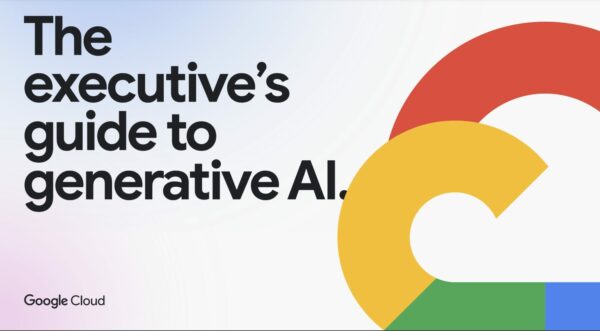

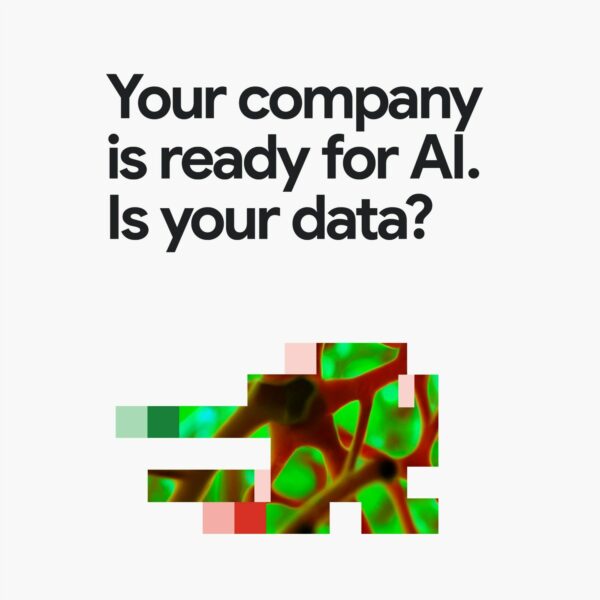


 ctively participating to the event in Las Vegas with Ulf Sandlund and Markku Pulkkinen and remotely via the entire Codento team. Earlier on Tuesday Codento was awarded as
ctively participating to the event in Las Vegas with Ulf Sandlund and Markku Pulkkinen and remotely via the entire Codento team. Earlier on Tuesday Codento was awarded as 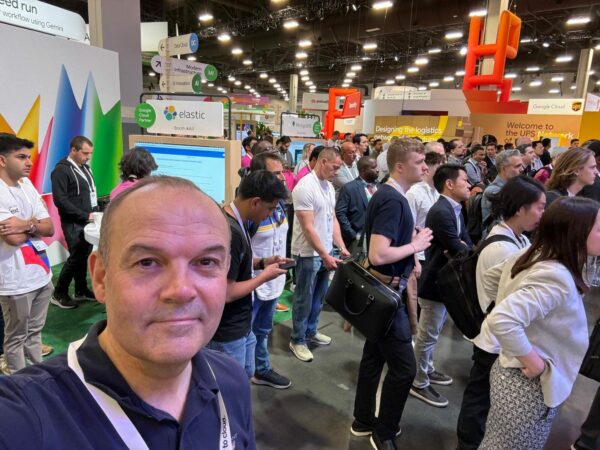 ng embedded across a broad range of Google Cloud services addressing a variety of use cases and becoming a true differentiator, for example:
ng embedded across a broad range of Google Cloud services addressing a variety of use cases and becoming a true differentiator, for example: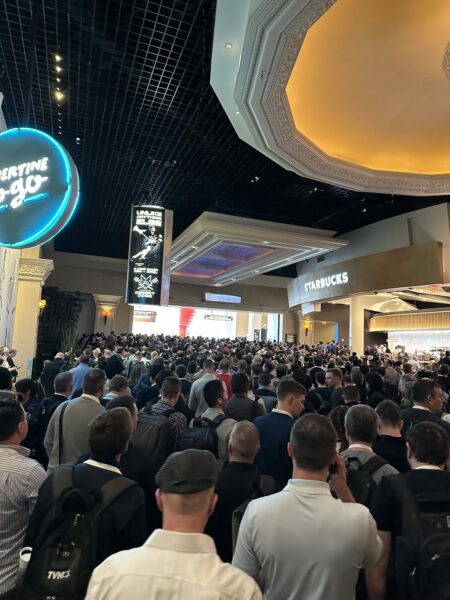
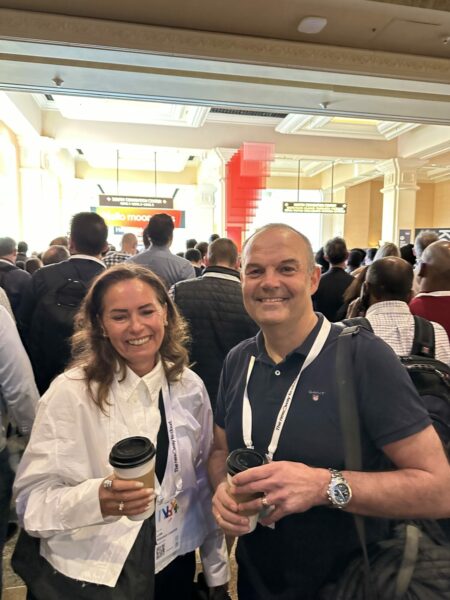 What is already known convinces us that Google Cloud and its AI approach continues to be completely enterprise-ready providing capabilities to support deployments from pilot to production.
What is already known convinces us that Google Cloud and its AI approach continues to be completely enterprise-ready providing capabilities to support deployments from pilot to production. 



